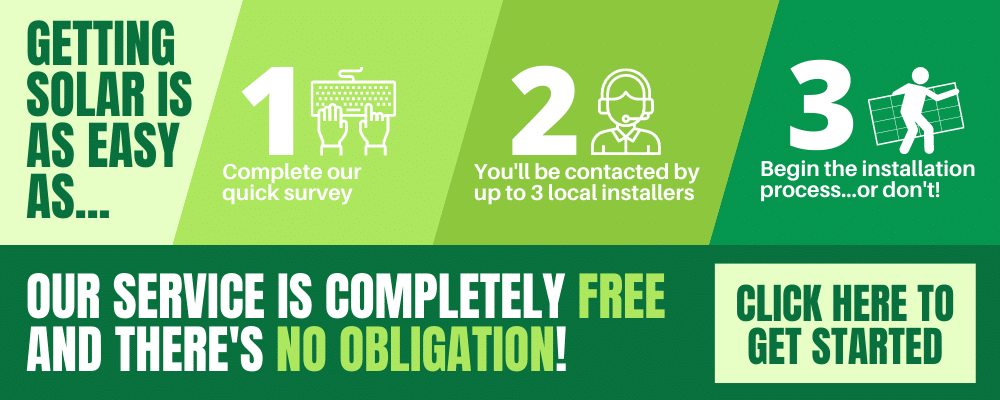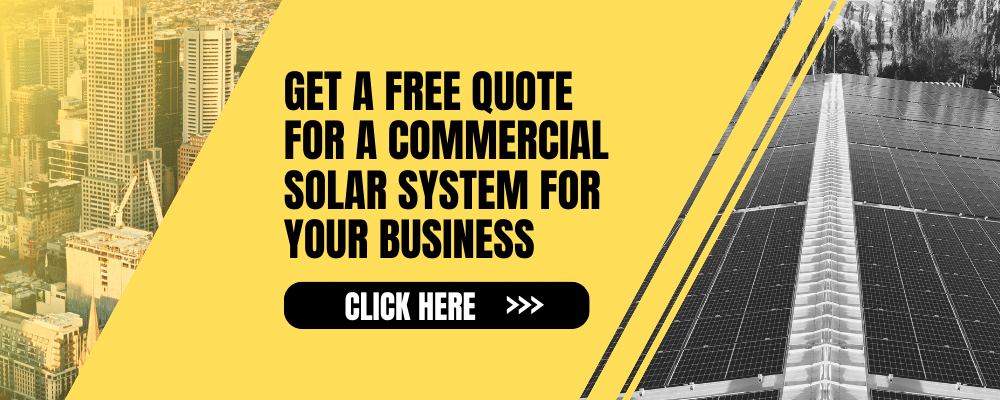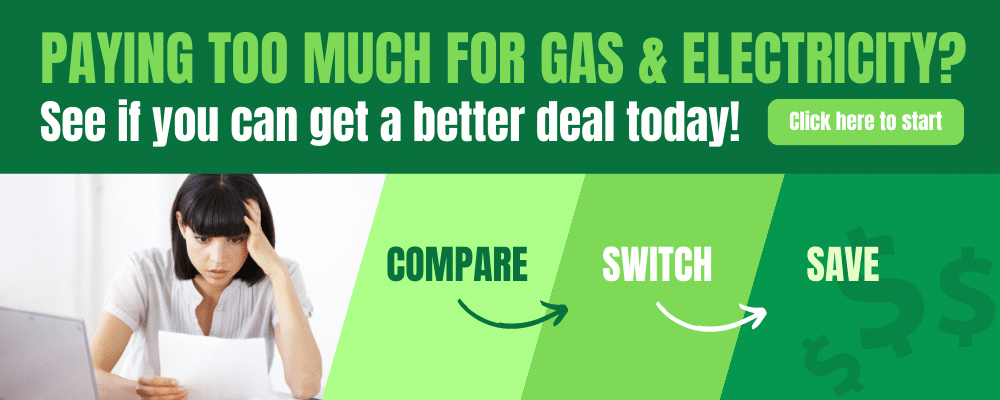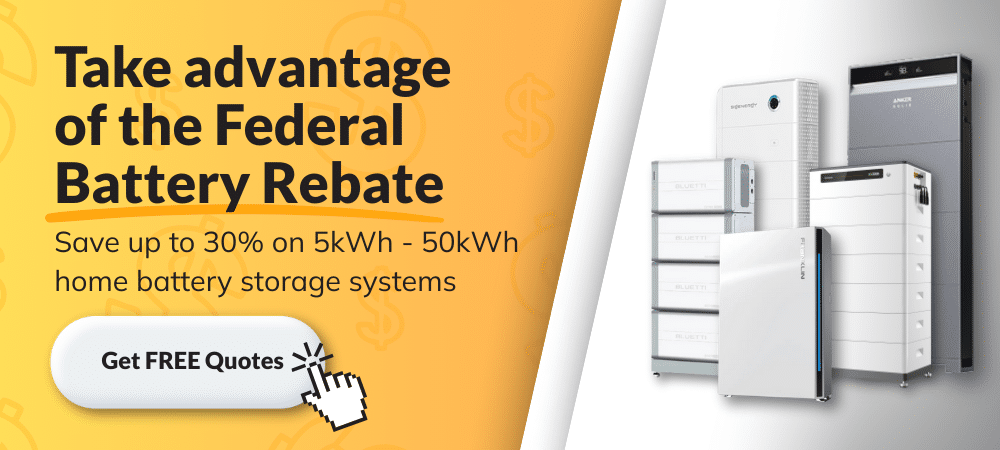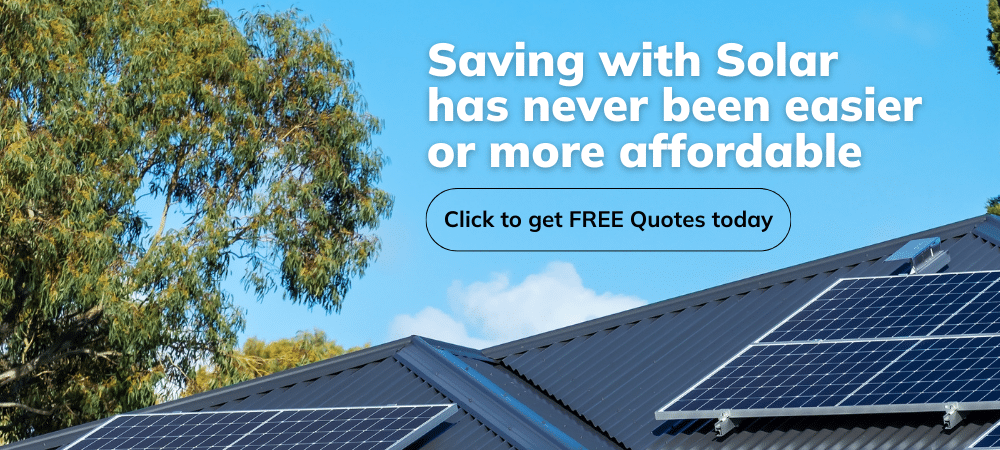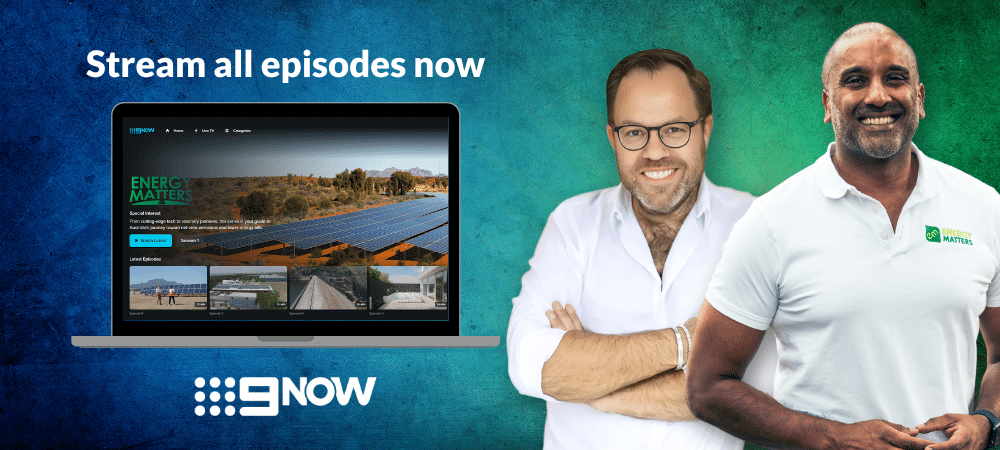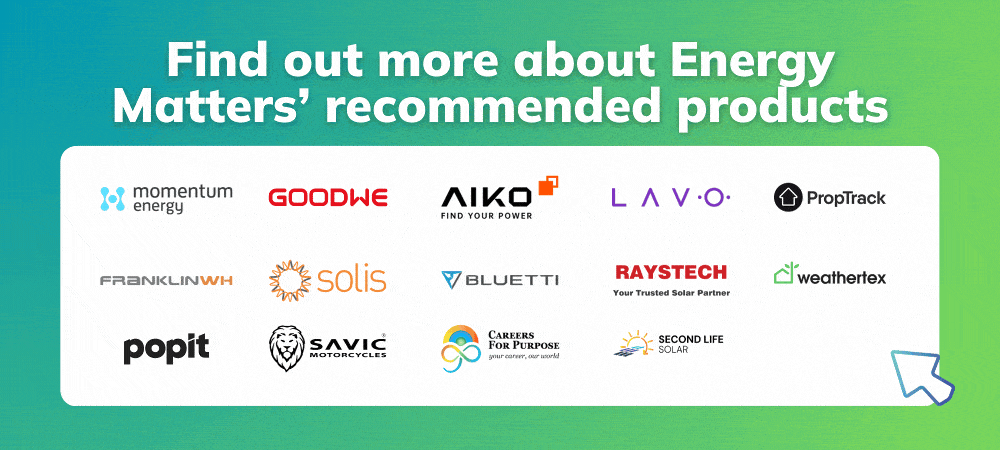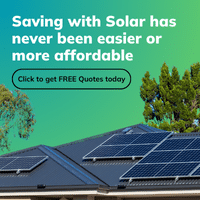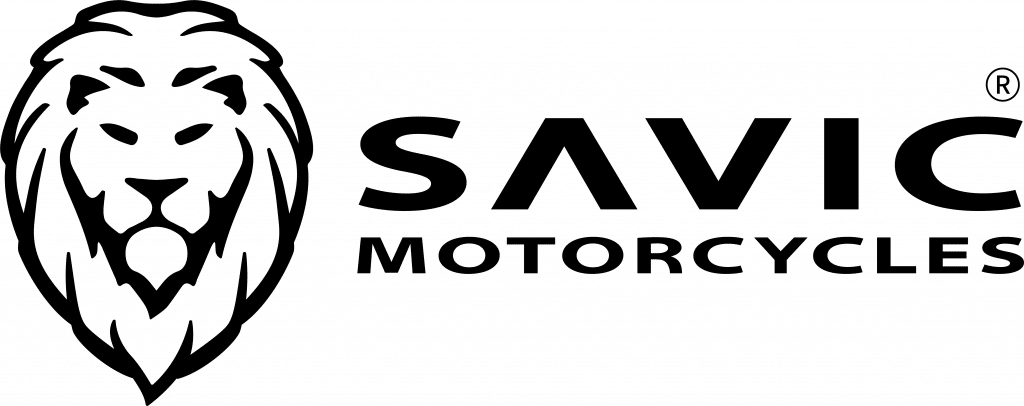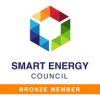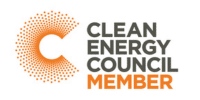Over 8,942 small-scale systems have been installed in the Central Coast, NSW with a collective capacity of 53,652 kW. Approximately 6.3% of homes in the Central Coast, NSW, have solar panels installed that generate solar power through rooftop installations. This robust adoption of solar energy, supported by local government incentives and a favourable environment for renewable energy, has helped the Central Coast emerge as a leader in renewable energy within Australia.
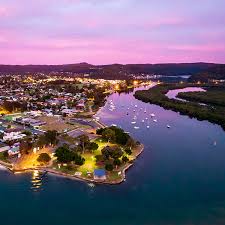
On this page
Central Coast solar statistics
Central Coast boasts ideal sun exposure for fantastic solar output throughout the year. Let’s take a look at some of the important factors that impact solar production in Central Coast.
| Month | Average Solar Hours (Peak Sun Hours) | Average High Temp (°C) | Average Low Temp (°C) | Average Cloud Cover (%) |
|---|---|---|---|---|
| Jan | 12.64 | 25.44 | 20.00 | 35 |
| Feb | 11.96 | 23.78 | 17.03 | 40 |
| Mar | 10.29 | 22.31 | 16.00 | 50 |
| Apr | 7.82 | 21.03 | 12.00 | 55 |
| May | 7.71 | 17.02 | 10.00 | 60 |
| June | 7.10 | 14.56 | 9.00 | 65 |
| July | 7.93 | 14.56 | 8.00 | 70 |
| Aug | 8.08 | 14.61 | 7.00 | 75 |
| Sep | 9.52 | 17.07 | 9.00 | 60 |
| Oct | 11.72 | 19.42 | 12.00 | 50 |
| Nov | 13.15 | 21.69 | 15.00 | 40 |
| Dec | 12.74 | 23.52 | 17.00 | 35 |
Data: Time and Date, Weather and Climate
- Average Solar Hours: The Central Coast, NSW enjoys strong solar irradiance with peak sun hours averaging 12.64 hours in January, which gradually decreases to 7.10 hours in June, and increases again to 13.15 hours in November.
- Temperature Ranges: The Central Coast experiences mild winters and warm summers. Average highs peak at 25.44°C in January, dropping to 14.56°C during the winter months (June and July), while lows range from 20.00°C in summer to 7.00°C in winter.
- Cloud Cover: Cloud cover is generally higher in the cooler months. In summer (December and January), cloud cover is around 35%, but it increases to about 70% in the winter months, contributing to less sunlight availability during this period.
Central Coast homes with a solar system
8,942
Central Coast homes with battery storage
Unknown
New South Wales EV ownership
Unknown
Figures updated 2024
Why Solar and Battery Storage are essential for Central Coast homes and businesses
As the Central Coast of New South Wales continues to embrace renewable energy, solar power and battery storage are becoming essential for homes and businesses looking to reduce their energy costs and environmental impact. With abundant sunshine and the push for energy independence, integrating solar and battery storage systems offers numerous advantages for both residential and commercial properties in the region. Here’s why adopting these technologies is vital:
- Maximised Energy Efficiency: The Central Coast benefits from over 4.5 hours of daily peak sun hours, making it an ideal region for solar energy generation. Solar power systems paired with battery storage ensure energy captured during the day can be used during peak demand times, reducing reliance on the grid.
- Cost Savings: By switching to solar and battery storage, households and businesses can significantly cut electricity bills. The cost of solar panel installation has dropped in recent years, and with government incentives, it’s now more affordable than ever to make the transition.
- Environmental Impact: Solar energy is a clean, renewable source that reduces carbon footprints. Central Coast communities are increasingly focused on sustainability, and by adopting solar and battery storage, homes and businesses contribute to the reduction of greenhouse gas emissions.
City of Central Coast suburbs
The following suburbs can enjoy the benefits of solar and battery storage. Contact your council to find out if your home has any restrictions or heritage overlays that may impact the installation of solar on your home or business.
- Avoca Beach – 2251
- Bensville – 2251
- Berkeley Vale – 2261
- Blackwall – 2256
- Box Head – 2257
- Catherine Hill Bay – 2281
- Central Coast – 2250
- Chittaway Bay – 2261
- East Gosford – 2250
- Ettalong Beach – 2257
- Empire Bay – 2257
- Gosford – 2250
- Green Point – 2251
- Holgate – 2250
- Kincumber – 2251
- Lisarow – 2250
- Long Jetty – 2261
- North Avoca – 2260
- North Gosford – 2250
- Pearl Beach – 2256
- Point Clare – 2250
- Rhydal – 2259
- Somersby – 2250
- Terrigal – 2260
- Tumbi Umbi – 2261
- Umina Beach – 2257
Rebates and Incentives for Solar, Batteries, and more in Central Coast
Swap for Solar
Financial aid may be available to qualifying households to assist with the cost of installing 3kW systems.
Rebate Swap for Energy Upgrades
Even if your energy-saving modifications aren’t eligible for a Swap for Solar, you will still get paid. You might be eligible for a free home energy assessment as well as a $4,000 credit on refurbished equipment.
Small-Scale Technology Certificates (STCs)
STCs are tradable certificates that have a market value as opposed to a set amount set by the government. Since the entire value of these STCs is subtracted from the total cost of the system, they lower the initial cost of the solar system.
Feed-in Tariff (FiT)
Exporting excess energy into the grid will reward you with FiTs. Energy retailers set the rates and award the FiTs.
How much can I save with solar in Central Coast?
In Central Coast, the savings from installing a solar system depend on its size and your energy consumption. Here’s a breakdown of potential savings for different system sizes:
- 5 kW system:
- Estimated annual output: Approximately 6,643 kWh.
- Savings: Based on an average electricity cost of around 30 cents per kWh, you could save about $1,993 annually by self-consuming the majority of your solar power, assuming you use around 80% of the generated power.
- 6.6 kW system:
- Estimated annual output: Roughly 8,831 kWh.
- Savings: Estimated annual savings could reach about $2,649, assuming similar self-consumption rates.
- 8 kW system:
- Estimated annual output: Approximately 10,950 kWh.
- Savings: You could save around $3,285 per year if you consume most of this power.
- 10 kW system:
- Estimated annual output: Around 13,250 kWh.
- Savings: With this system size, potential annual savings could be about $3,975.
Key points to consider:
- Feed-in Tariffs: Any excess power fed back into the grid is typically compensated at rates between 3 to 12 cents per kWh, which can affect overall savings.
- Government incentives: The federal government offers incentives through Small-scale Technology Certificates (STCs), which can cover up to 30% of installation costs.
- Payback period: The average payback period for solar installations in Ballarat ranges from 3.4 to 3.9 years
Energy Matters’ solar and battery installation services in Central Coast
Energy Matters proudly serves the Central Coast by connecting homes and businesses with local and trusted installers. Our network of solar companies provides high-quality solar and battery installations, ensuring that residents and businesses can benefit from solar technology tailored to the Central Coast’s unique environment.
- Solar panel installation: With extensive knowledge of solar panel installation Central Coast, Energy Matters connects you with installers who will provide expert consultations to identify the most effective systems, allowing customers to benefit from Central Coast’s abundant sunlight and achieve maximum energy savings.
- Battery storage solutions: Offering advanced storage solutions from a range of quality manufacturers, Our installers help our customers enhance their solar installation Central Coast setup with reliable backup options.
- Ongoing support and maintenance: Support and maintenance services ensure that solar system installation Central Coast customers can rely on their systems year-round, optimising efficiency and performance.
- Financing options and incentives: Our network of installers offers flexible financing and guides home and business owners through local rebate options, making solar installations Central Coast accessible to more residents.
Energy Matters is here to help you find the best solar system installation company in the Central Coast.
Energy efficient upgrades
Saving on your energy bills goes deeper than just solar and battery storage. Upgrading your home appliances can see significant reductions in your bills and your environmental impact. Here are just some of the energy efficiency upgrades you can make in your home and business:
- Hot water system: Solar hot water systems and heat pumps
- Energy and water-efficient appliances: Dishwashers, refrigerators, washing machines, dryers, and air conditioners
- Electronics: LED lighting and smart home monitoring





